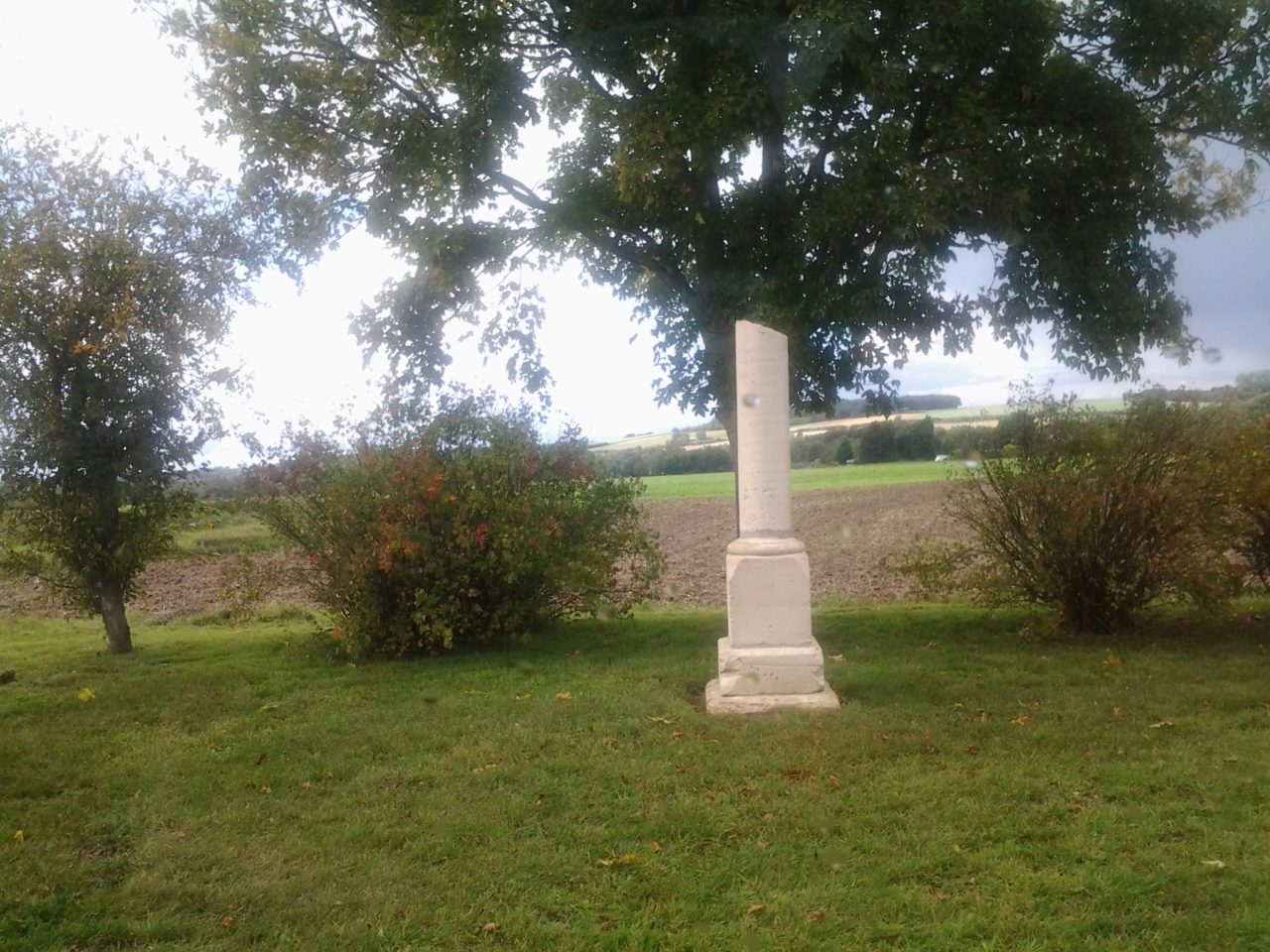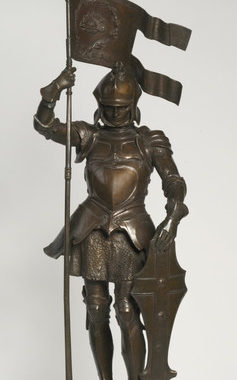Some years ago our friend and fellow 31st Battalion Association member, Bruce Lees, was discussing WW1 Battles on the Western Front with a new friend, Eric Munro. Bruce, whose Great Grandfather, Lt James Benson (of 32nd Bn AIF) was KIA in the Battle of Fromelles and only identified at the Centenary Commemorations of the Battle of Fromelles in 2016 has been a student of the Western Front Battles for over 30 years. He has visited these Battlefields each year for the last 17 years.
Eric mentioned that he had an ancestor who was in WW1 but he didn’t know much about his war service. Bruce asked his name and said he would investigate his War history. And what a history it is !! Eric’s ancestor was Lt Albert Hill of 31st Battalion AIF.
Bruce researched Albert Hill’s history and advised Eric. This is a summary –
Bert (he signed his application “B Hill”) joined the 2nd Light Horse Regt on 30 June 1915 in Brisbane. He was a shearer and his NOK was his wife who was living in Hornsby NSW.
Embarked for Egypt 4th Oct 15-
Promoted T/Sgt 20th Nov 15-
Transferred to 1 LHR and revert to Pte 8th Feb 16 –
Transferred to 5th Div Arty Bde 21st Apr 16 –
Promoted Sgt 1st May 16-
Landed Marseilles and moved to Western Front 25th June 16.
Joined Officer Cadet Bn Cambridge Eng 5th May 17-
Appointed 2Lt 1st Sept 17 –
Promoted Lt & posted to 31st Bn 1st Dec 17 as a Pl Commander.
In the space of 6 months after joining 31st Bn, Bert featured in 2 actions which resulted in the following Citations and Awards –
Military Cross Citation for actions on 21st March 1918
For conspicuous gallantry and devotion to duty. He together with another Officer and one man, took up a position near the enemy’s wire, intending to remain there during the day to observe. When 60 of the enemy were observed advancing in 2 parties, realising that an attack on our picquet line was imminent , he decided to resist the attack and opened fire with his revolver. The enemy were at first thrown into confusion, but immediately afterwards commenced to bomb the party, all 3 being wounded. Despite this they continued to fight until all their ammunition and bombs had been expended and finally succeeded in routing the enemy. On the journey back to our lines, he helped to extricate another officer, from some wire. His magnificent courage and determination undoubtedly broke up the enemy’s attack and cannot be too highly praised.
Bar to Military Cross Citation for actions on 10th May 1918
For conspicuous gallantry and devotion to duty. When one of our aeroplanes crashed in the enemy lines, he called for a volunteer and stretcher, and walked out of his trenches 600 yards under enemy fire to see if the pilot lived. Finding the pilot only dazed ,they assisted him from the plane, placed him on a stretcher and carried him back to our lines. By his gallant disregard for his own life, Lt Hill saved the pilot from almost certain capture, and set a splendid example to his men.
The volunteer, Pte Harry Boughton, was awarded a Military Medal.
Notwithstanding these brave actions, the crux of this story occurred some days later. On May 15th 1918 a RAF Bomber, flown by Capt Francis Mond & Lt Edgar Martyn, had bombed German Ammunition Dumps at Bapaume and was subsequently shot down by a German plane. It crashed in No Mans Land just south of the Somme River in front of the 31st Battalion lines. The aerial fight and crash was witnessed by Lt Bert Hill and he ventured out under enemy fire and extricated and identified the bodies and arranged for them to be transported back to BHQ.
Lt Hill arranged for the personal effects to be sent to Capt Mond’s parents, a wealthy English couple. The parents were very thankful that Lt Hill had retrieved the bodies so they could be properly buried (another story refer – http://www.webmatters.net/txtpat/?id=495) The parents arranged for a memorial to be erected overlooking the crash site and a statue of St George (English Patron) commissioned in bronze and presented to Lt Hill.This statue now resides in the Australian War Memorial There was another statue commissioned and this now resides in the Imperial War Museum in London.
Lt Bert Hill was wounded for the 3rd time on 29th Aug with a GSW to the chest and was evacuated to England and subsequently to Australia. A most distinguished 31st Bn Officer. Bert Hill lived to age 86 and died on 28 Dec 1974. He is buried at Binnaway Cemetery NSW.
LEST WE FORGET
On my trip with Bruce in Sept 2017 , he was able to show me the Memorial, and the 31st Battalion lines beyond (see photo). Please note- there are a number of references to these events in Nev Browning’s book “Fromelles to Nauroy” and also a photo of the St George statue. htt//www.awm.gov.au/collection/C157079 – says Statue of St. George given to Lt. Albert Harold Hill (service no. 1428), 31st Battalion A.I.F to commemorate his recovering of the body of British airman Lt. Francis L. Mond. The statue was given to Lt. Hill by Mond’s parents. St. George holds aloft a flag that bears the AIF Rising Sun insignia. The sculpture appears to be a copy (in miniature) of the Maidstone Memorial by Sir George Frampton, located in England.
Words Compiled by Association Member Mick James.

